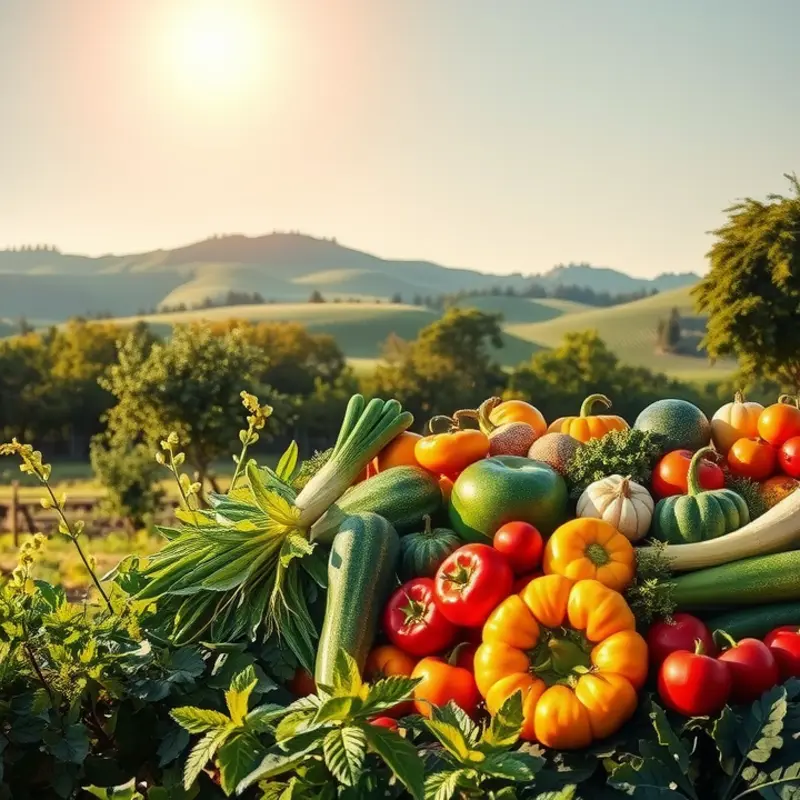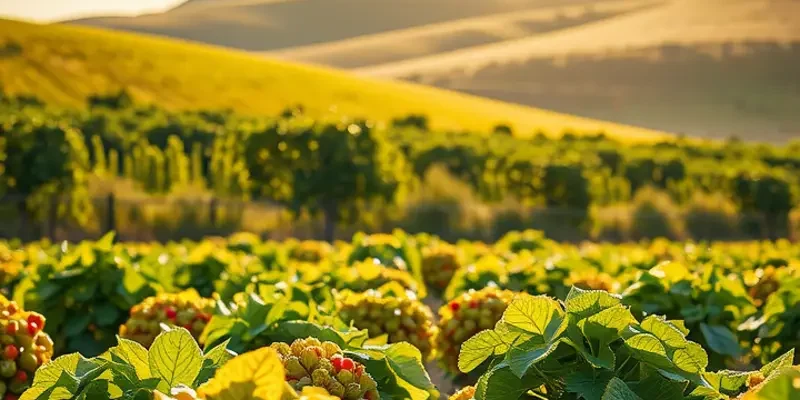Baking can feel restrictive for those avoiding cornstarch, but it doesn’t have to be. With the right knowledge of substitutes and techniques, you can achieve incredible results in your kitchen. This guide explores practical alternatives, tips, and tricks tailored for home cooks and dietary-conscious individuals devoted to baking success without cornstarch.
Exploring Substitutes for Cornstarch

When you’re in the midst of baking and suddenly realize you’re out of cornstarch, don’t worry. There are several viable alternatives that can save your recipe. Each substitute offers unique properties and flavors that can even enhance your culinary creations.
One common replacement is all-purpose flour. It’s likely already in your pantry and works well for thickening sauces, gravies, and even pie fillings. However, flour tends to cloud liquids more than cornstarch, so expect a denser result. Use about twice as much flour as you would cornstarch to achieve the desired thickness.
Another excellent substitute is arrowroot powder. This starchy substance derived from tropical plants is perfect for clear sauces and shines in recipes where you want a glossy finish. It behaves much like cornstarch, so you can use equal parts. Arrowroot also holds up well under acidic conditions, making it suitable for fruit-based recipes.
For a healthier option, consider tapioca starch. Made from the roots of the cassava plant, it provides a similar thickening effect and is often used in gluten-free recipes. Like arrowroot, tapioca gives a glossy sheen and is ideal for fruit pies and desserts. Substitute it at a 1:1 ratio with cornstarch.
Potato starch is another alternative that nicely mimics the texture cornstarch provides. It’s especially potent and requires less than you might think. Use it in recipes that require high temperatures, but be cautious in dishes with longer cooking times, as its thickening power diminishes with heat.
If you’re leaning towards a grain-free lifestyle, try coconut flour. This is a unique option that absorbs more moisture due to its high fiber content. It’s great for baking but not recommended for sauces or soups. You might need to experiment with quantities, starting with a smaller amount and adjusting based on the mixture’s consistency.
For a slightly nutty flavor, almond flour can be a suitable choice in baking, though it’s not a direct thickening agent like cornstarch. It helps add structure to baked goods but won’t provide the same smoothness in liquids.
Understanding the functional aspects of these substitutes is critical for success. Depending on whether you’re baking or making sauces, the choice of thickener could also relate to storage considerations. Learn more about this in our eco-smart kitchen storage guide.
Experimenting with different substitutes can lead you to discover new textures and flavors in your recipes. Whether you’re thickening a luscious pie filling or creating a silky sauce, there’s always an alternative to keep your baking ventures thriving.
Mastering Baking Techniques without Cornstarch

When it comes to baking without cornstarch, understanding how to adjust your techniques is key. Cornstarch is often used to thicken sauces and fillings, lending a specific texture and stability. However, several techniques ensure delicious results without it.
Adjusting Liquids
Without cornstarch, balancing liquid in your recipes requires careful attention. Cornstarch helps stabilize liquids by absorbing water, so try reducing the liquid content slightly when omitting it in your recipes. This ensures a thicker consistency without needing extra thickeners. For example, reduce liquids such as milk or broth by as much as 10-20% in custards and fillings.
Using Alternative Thickeners
Incorporate other thickeners to mimic cornstarch’s effects. Arrowroot powder and tapioca flour are excellent alternatives. They offer similar thickening properties, but with slightly different cooking requirements. Arrowroot, for instance, works best when added at the end of cooking, while tapioca flour is more forgiving. Consider gelatin or agar-agar for thickening puddings and jellies, ensuring you bloom them in warm liquid for even absorption.
Adjusting Cooking Times
Cooking times can shift when omitting cornstarch. Thickeners like flour or tapioca may need longer cooking to reach their full potential compared to cornstarch, which thickens quickly. Monitor texture closely as your dish cooks, adjusting time as needed. Be patient, allowing sauces and fillings time to reach the desired consistency at a gentle simmer.
Enhancing Texture with Fat
Butter and oils also contribute to rich, silky textures in baking. Integrating a few tablespoons of fat can enhance the plushness of your results, especially in pies and tarts. Fat not only enriches the texture but also helps in the even distribution of other thickeners within your mixture.
Incorporating Texture Boosters
Texture is pivotal in baking, where the lack of cornstarch might result in less crisp results. Consider ingredients like nuts or coconut flakes to add dimension. These can be toasted to intensify flavor while enhancing the textural experience without cornstarch.
Leveraging Flavor Enhancements
Without cornstarch, some flavors might appear muted due to the absence of a thick vehicle to carry them. Compensate by boosting spices or extracts slightly, ensuring the complexity of flavors remains intact. For more insights into flavor enhancement, explore alternatives through this guide.
Embracing these alternative techniques allows for innovative baking without cornstarch. By fine-tuning ingredients, cooking times, and flavoring methods, your creations can still achieve the consistency and lushness you’re aiming for. With practice, these adjustments become intuitive, resulting in delectable baked goods every time.
Final words
Baking without cornstarch is entirely achievable with the right knowledge and confidence. By understanding various substitutes and adapting your techniques, you can continue to enjoy your favorite treats while catering to dietary preferences. Remember to experiment, as each substitute might lend a unique flair to your baked goods. With practice, you’ll perfect the art of baking without cornstarch, proving that delicious results can indeed be achieved with flexible solutions. Happy baking!







